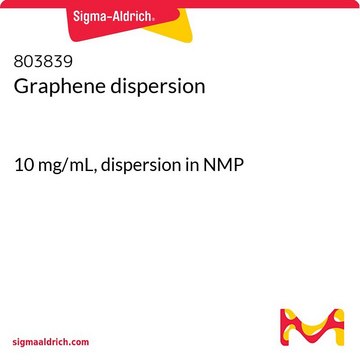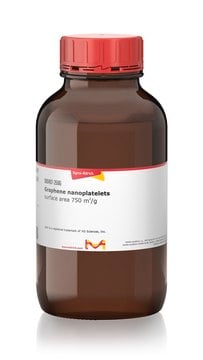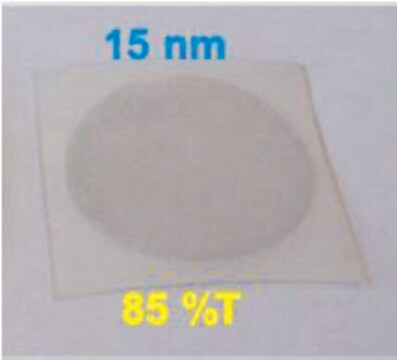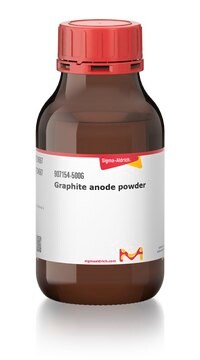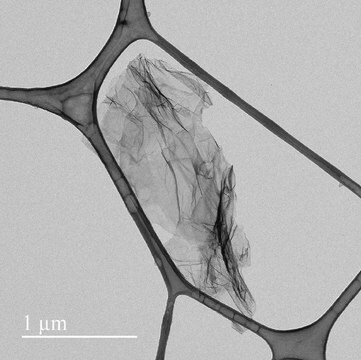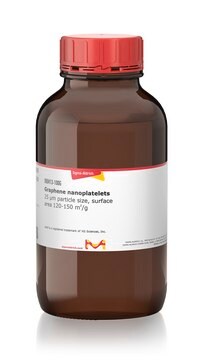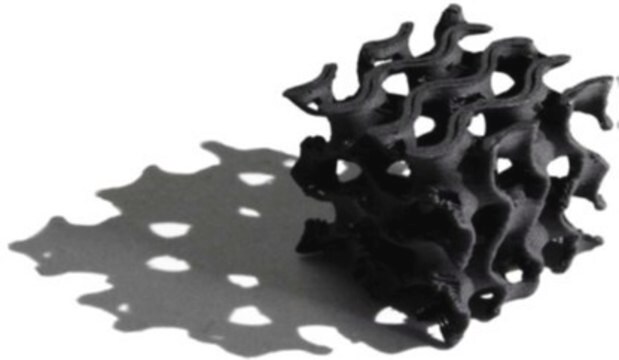Recommended Products
product name
Graphite dispersion, multi-layers (8-30 layers), avg. no. of layers, 8 ‑ 30
description
Capacity: 250 − 400 mAh/g
Conductivity: 1.0x10-3 – 1.0x10-5 S/m
I_D/I_G peak ratio: < 0.1 (by Raman)
Surface area: 4.0x106 - 1.0x108 mm²/g
form
dispersion
feature
avg. no. of layers 8 ‑ 30
composition
C, >96%
H, 0-1%
N, 0-1%
Oxygen, 0-2% (graphene)
General description
- Number of graphene layers: 8 - 30
- Thickness: 3 - 10 nanometres
- Layer′s lateral dimensions: 0.5 - 2.0 micrometres
Application
- in the synthesis of graphene layer
- in the preparation of ruthenium catalyst for the synthesis of ammonia
- development of biosensors
- fabrication of multi-layer thin films for Li-ion micro-batteries
Preparation Note
Signal Word
Danger
Hazard Statements
Precautionary Statements
Hazard Classifications
Eye Irrit. 2 - Flam. Liq. 2 - STOT SE 3
Target Organs
Central nervous system
Supplementary Hazards
Storage Class Code
3 - Flammable liquids
WGK
WGK 1
Flash Point(F)
6.8 °F
Flash Point(C)
-14 °C
Choose from one of the most recent versions:
Certificates of Analysis (COA)
Don't see the Right Version?
If you require a particular version, you can look up a specific certificate by the Lot or Batch number.
Already Own This Product?
Find documentation for the products that you have recently purchased in the Document Library.
Customers Also Viewed
Articles
Professor Gogotsi and Dr. Shuck introduce MXenes: a promising family of two-dimensional materials with a unique combination of high conductivity, hydrophilicity, and extensive tunability.
Our team of scientists has experience in all areas of research including Life Science, Material Science, Chemical Synthesis, Chromatography, Analytical and many others.
Contact Technical Service

